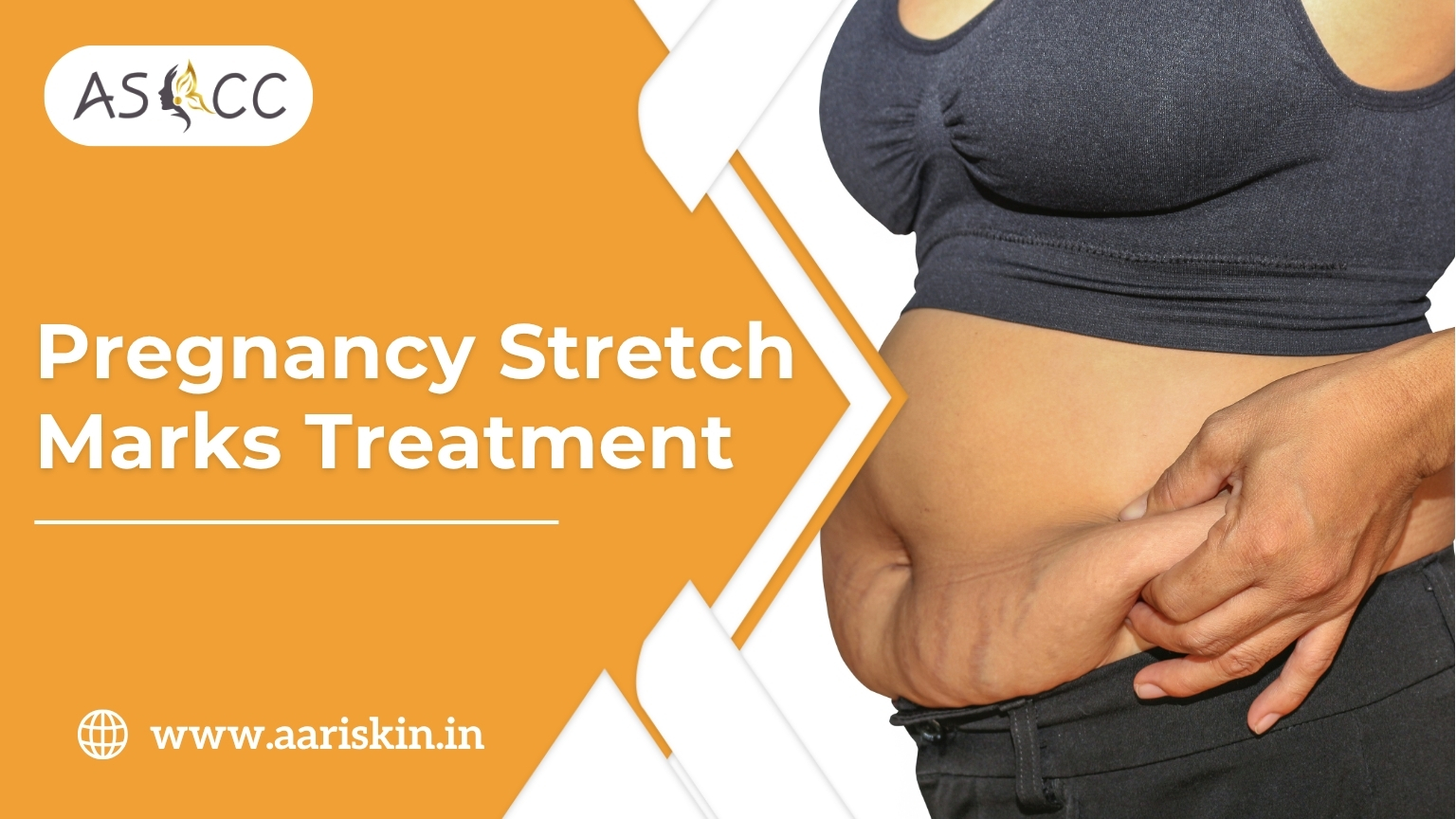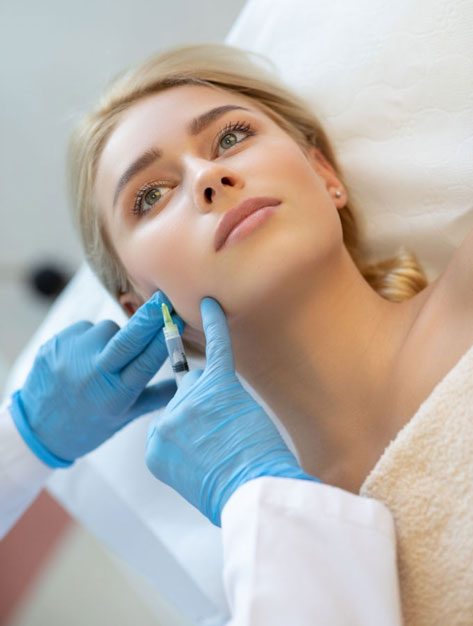What are Pregnancy Stretch Marks?
Stretch marks (medically called striae gravidarum) are fine lines or streaks that appear when the skin stretches rapidly during pregnancy, especially in the abdomen, breasts, hips, thighs, and buttocks. They start off red, purple, or pink, and gradually fade to silvery white over time.
They are harmless, but many women choose treatment for cosmetic and confidence reasons.
Why Do Stretch Marks Occur?
| Cause | Explanation |
|---|---|
| Rapid skin stretching | Due to growing baby, weight gain |
| Hormonal changes | Decrease in collagen & elastin |
| Genetic factors | Family history increases likelihood |
| Dehydrated skin or poor nutrition | Increases skin tearing risk |
Stretch Mark Treatment Options:
Topical Creams & Serums (for early marks)
- Contain Retinol, Hyaluronic Acid, Vitamin C, or Centella Asiatica
- Improve skin texture, elasticity, and fade marks gradually
- Safe postpartum; some are not used during pregnancy
Microneedling / Dermaroller
- Stimulates collagen production using tiny needles
- Helps reduce depth and visibility of stretch marks
- Often combined with growth factors or serums
Fractional CO₂ Laser
- Gold standard for older (white/silver) stretch marks
- Promotes skin regeneration and tightens affected area
- Multiple sessions needed for visible results
Radiofrequency (RF) Microneedling
- Combines heat with microneedles to improve skin texture
- Safe for Indian skin tones and postpartum women
- Painless with minimal downtime
Chemical Peels
- Mild peels exfoliate skin and boost regeneration
- Useful for early red or pink stretch marks
Treatment Plan Overview:
| Feature | Details |
|---|---|
| Sessions Needed | 3–6 sessions (depends on severity) |
| Session Time | 30–60 minutes |
| Gap Between Sessions | Every 3–4 weeks |
| Downtime | Minimal to none (depends on treatment) |
| Results Visible | Gradual improvement in 1–3 months |
Who is a Good Candidate?
- Women with post-pregnancy stretch marks (old or new)
- Breastfeeding mothers (some treatments delayed until after weaning)
- Those seeking non-surgical and safe cosmetic improvement
Post-Treatment Care:
- Use prescribed moisturizers & sunscreen
- Avoid harsh scrubbing or active ingredients on treated area
- Stay well-hydrated and maintain a healthy skin routine
- Follow doctor’s advice on spacing and aftercare






